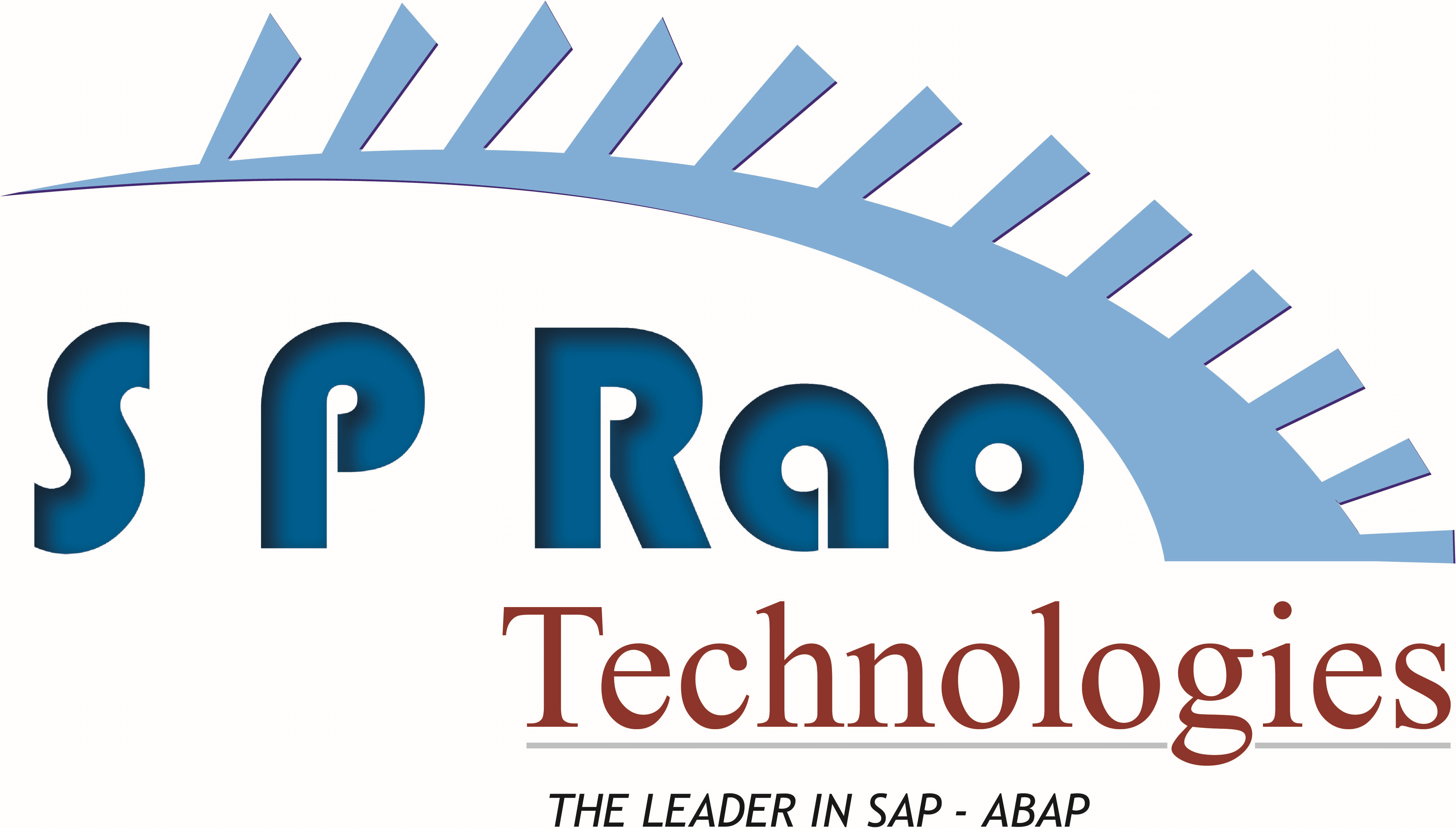SAP-ABAP INTRODUCTION
- Introduction to SAP
- Introduction to ERP
- Advantages of SAP
- Role of ABAPer in SAP
- Real Time System Landscape
- Types of Projects
- Packages and Transport Requests
- R/3 Architecture
- Data Types
- Structure of an ABAP program
- Control Structures
DDIC(Data Dictionary)
- Tables
- Views
- Data Types
- Domain
- Type Group
- Search Help
- Lock Objects etc..
- Types of Tables
- Indexes
- Buffering
- Table Maintenance Generator
- Foreign key Relationship
- Working with Reference Fields
- Append Structure And Include Structure
Internal Tables
- Introduction necessity of Intenal Tables
- Defining Internal Tables
- Types of Internal Tables
- Retrieving Data from DB Tables
- Initilization Techiniques
- Attrributes of Internal Tables
- Operations In Internal Tables
- Control Break Statements
Open SQL
- DML Commands
- DCL Commands
- Select Operations
- Joins
- For all entries
Reports
- Designing of selection-screen
- Classical Reports
- Events In The Classical Reports
- Select single and select upto 1 rows
- Messages
- Interactive Reports
- Events In The Interactive Reports
- System Variables Related to Interactive Reports
- Working With GUI
Modularization Techniques
- Includes
- Macro's
- Subroutines
- Function Modules
ALV(ABAP LIST VIEWER)
- Introduction to ALV's
- Simple ALV's
- Interactive ALV's
- Upload the logo in ALV
- Events in ALV
- Function Modules in ALV
- Blocked ALV
- Hierarchical ALV
- Working with GUI
- Grid Display (VS) List Display
SAP SCRIPTS
- Introduction to SAP-SCRIPTS
- Layout Sets
- Components of layouts
- Working with Driver Program
- Upload the Logo in Scripts
- Control Commands
- Format Options
- Working with Boxes
- Lables in Scripts
- Working with Different Languages
- Convert to PDF format
- Working with Standard text
- Modifying Standard Layouts and Driver Programs
Smartforms
- Working with Smart Forms
- Components of Smart Forms
- Designing the Layout
- Working with Print Program
- Working with Logo
- Working with Labels
- Working with Program Lines
- Tables and Templates
- Events in Smart Forms
- Working with Smart Styles
- Difference between Script and Smart Forms
Modulepool Programming (Transactions)
- Introduction to Module Pool Programming
- Introduction to Screen Painter, Menu Painter
- Events in Flow Logic Editor
- Working with Table Control
- Working with Sub Screen Areas
- Working with Tab Strip
- Working with Validations
- Working with Ranges
- Creating Transaction Codes
BDC (Batch Data Conversion)
- Introduction to BDC
- Important Transactions
- Working with file (Presentation & Application Servers)
- Working with Call Transaction
- Working with Error Handling
- Session Method
- Working With Table Control
- Differences between Call Transaction and Session Method
LSMW (Legacy System Migration Workbench)
- Working with Direct, Batch Input, BAPI and IDOC Methods
- Working with Validations
Debugging
- Static Break Points
- Dynamic Break Points
- Watch Points
- F5,F6,F7,F8 functionality
BAPI (Business Application Programming Interface)
- BAPI Introduction
- Creation of Custom BAPI
- Different Techniques to Identify the standard BAPIS
- Working with Standard BAPIS
- Upload the data through BAPIS
- Differences between BAPI and BDC
BADI (Busines Add-Ins)
- BADI Introduction
- Differences between BADI and Enhancements
- Different ways of Identifying the standard BADI's
- Creation of BADI's
- Standard BADI's Implementation
- Working with Screen and Menu Exits
Object Oriented ABAP
- Different Types of ProgrMamming Structure
- Key features of OOPS
- Introduction on Class and Object
- Visibility Sections of Class
- Instance and Static Component of Class
- Working with Global and Local Classes
- Working with Interfaces
- Examples on Reports
Object Oriented BDC
- BDC Call Transaction Method
- BDC Session Method
- BDC Inheritance
Object Oriene ALV Reports
- Intoduction to OO-ALV
- Simple OO-ALV
- Interacive OO-ALV
- Events in OO-ALV
- Methods in OO-ALV
Cross Application IDOC
- Inroduction to IDOC
- Runtime Components of IDOC
- Characteristics of IDOC
- Structure of an IDOC
- Types of an IDOC
- Creation of Segments
- Creation of IDOCS
- Creation of Message Types
- Filtering Techniqes of IDOC
- Status codes Explanation
- Archiving IDOCS
- Serialization of IDOCS
ALE
- ALE Communication Setting
- Outbound Process
- Outbound settings for Standard Custom and Extended-IDOCS
- Inbound Process
- Inbound settings for Standard Custom and Extended IDOC
- Change Pointer Technique
- Two way Communications
- Working with Master and Transactional Data
Enhancements
- Introduction to Enhancements
- Identify the User Exits
- Implementation of User Exits
- Identifying the Customer Exists
- Implementation of Customer Exits
Functional Knowledge
- MM (Material Management)
- SD (Sales and Distribution)
- FI/CO (Finance and Control)
- PPC (Production Planning)
- QC (Quality Control)




